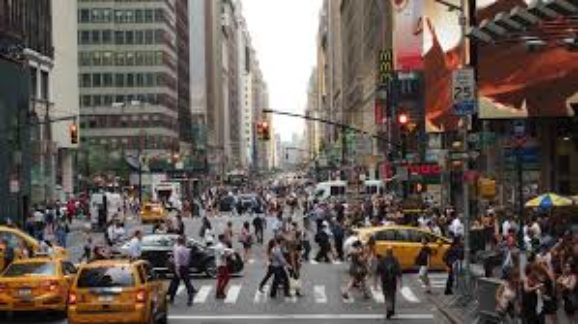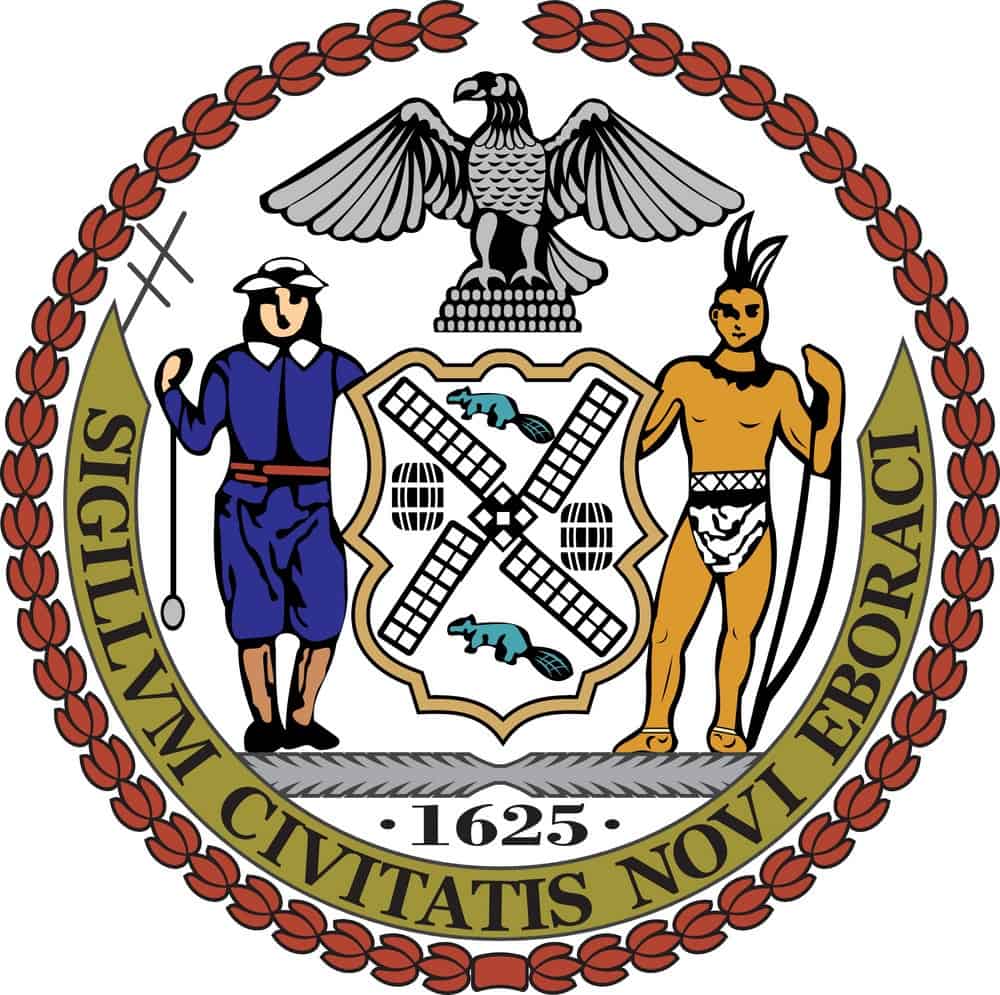New York City Continues War on Affordable Consumer Travel

 Yesterday, the New York City Council voted to impose a one-year cap on the number of ride-hailing vehicles able to operate in the city. The bills also allowed the city to impose a minimum level of compensation for ride-hailing drivers.
Yesterday, the New York City Council voted to impose a one-year cap on the number of ride-hailing vehicles able to operate in the city. The bills also allowed the city to impose a minimum level of compensation for ride-hailing drivers.
Proponents were led by the traditional taxi industry, which has been struggling since consumers began flocking to superior upstarts such as Uber and Lyft. Since the 1930s, New York had artificially capped the supply of taxis with the use of a medallion system. This was very lucrative to taxicab medallion owners, with the peak price of medallions reaching over $1 million, before crashing once ride-hailing became a popular substitute.
Tellingly, proponents of the bills never touted gains for consumers beyond alleged congestion mitigation. That’s because there are none. Due to the City Council’s artificial supply constraint on Uber-style vehicles, consumers can expect to wait longer and pay more. Ironically, this style of heavy-handed government interventionism in the transportation market is what set up the taxi industry to fail today.
Making matters worse, the New York City subway system has been suffering chronic delays due to decades of deferred maintenance. And next year, the L line connecting lower Manhattan and Brooklyn will be closed to allow repairs in the tunnel under the East River. This rehabilitation is expected to take at least 15 months. Brooklyn residents commuting to Manhattan will be made even worse off thanks to the City Council’s ongoing war on affordable travel.
The most frustrating aspect of this saga is that so many of the problems plaguing New York City transportation have been self-inflicted. City officials sat back and watched the subway system enter a state of disrepair. They allowed an entire industry to be built around financialization of taxicab medallions that they created. They have engaged in aggressive “traffic calming” policies intended to slow vehicle speeds in the city (which is why it is particularly rich for the City Council and mayor to complain about the alleged congestion impact of ride-hailing vehicles). And now they attack ride-hailing. It’s one thing for politicians to encourage people to visit and move to their cities. It’s quite another for them to expect people to never leave their apartments.
There are many challenges to increasing affordable and efficient mobility options in New York City. Manhattan congestion pricing is an obvious solution, but it has proven itself to be politically unpopular—being opposed by many of the same officials crying crocodile tears over alleged congestion due to Uber and Lyft. New Yorkers shouldn’t expect their elected officials to have all the answers. But they should expect politicians to be capable of not making a widely-recognized problem objectively worse.